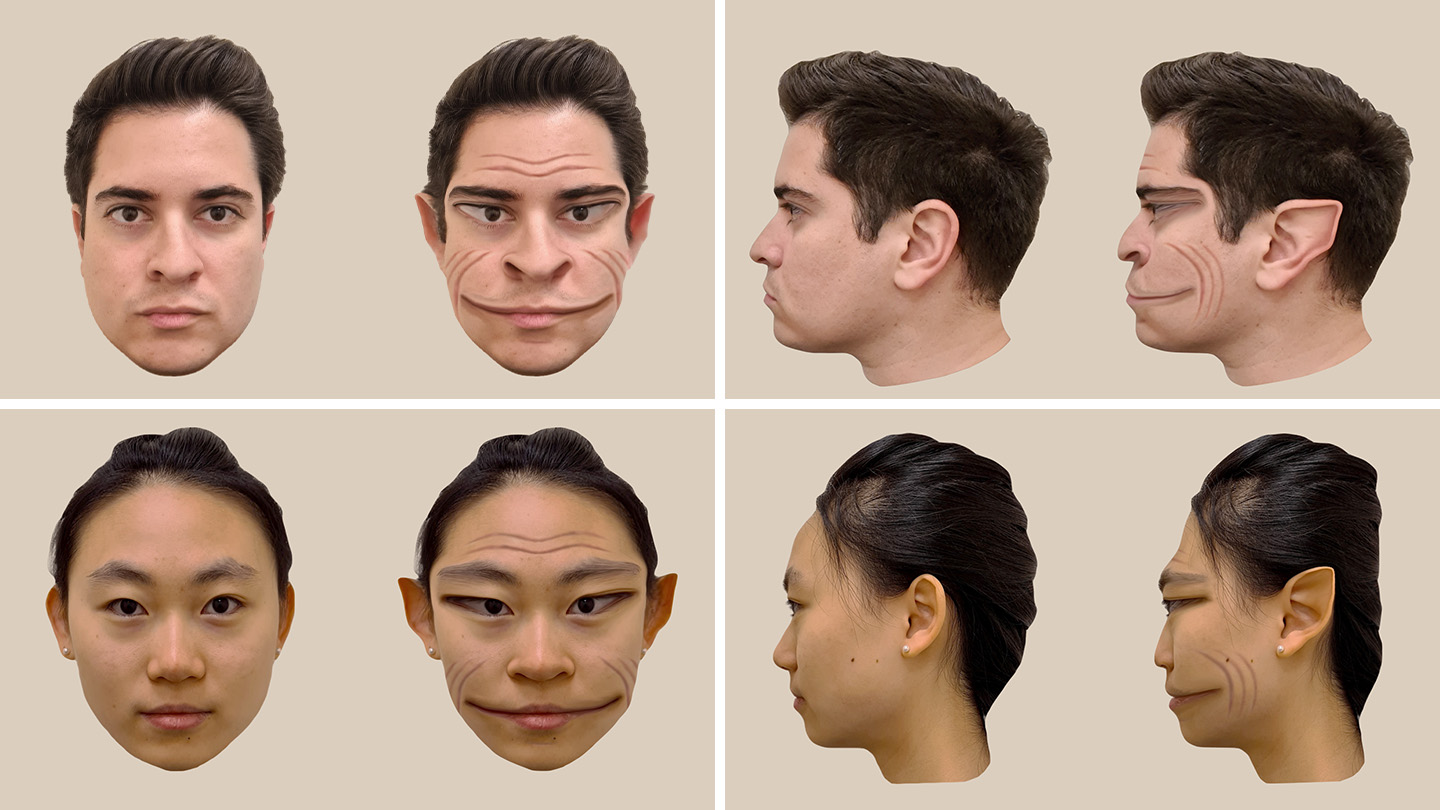What Distorted Faces Look Like to Individuals with Prosopometamorphopsia

Picture a human face but with the possibility that it might seem distorted anytime you look at it. This is the reality for individuals with a rare condition known as prosopometamorphopsia (PMO). A recent study has offered an opportunity to see through the eyes of a person living with this condition.
Photos of faces were manipulated by researchers at Dartmouth College based on inputs from a 58-year-old man who has lived with PMO for close to three years. These adjustments aim to simulate the "demonic" distortions that the participant was experiencing. According to psychologist Antônio Mello and his team, it is the first time visual replicas of what a PMO patient encounters have ever been developed. Their findings were published in the Lancet issue of March 23.
Mello notes that the project seeks to influence how people understand PMO, particularly its severity. For instance, interaction with people at a store is challenging for the participant, as other customers look like an "army of demons" to him.
Even though PMO has been mentioned in less than 100 cases since 1904, it remains largely not well understood. Its patients typically report a broad range of facial distortions. Other patients might see faces that have changing sizes or moving placements of facial features, while the person at the focus of this study experiences extremely extended features with profound facial grooves.
These visualizations pertain to the participant and may not be valid for everyone afflicted with PMO, says Jason Barton, a neurologist at the University of British Columbia in Vancouver. However, he believes that they can help people comprehend the distortions that PMO patients can see.
Uncommon characteristics of this particular case allowed for a more accurate depiction of the individual's distortions. For instance, the participant only sees the distortions in faces viewed in person and not on screens or paper. His distortions are always apparent in contrast to the occasional distortions seen by most PMO patients.
The person was positioned next to a photo of them in the same environment, allowing a comparison of the distorted face and the same face without distortion from a photograph. The participant explained the deviations to the researchers, who then manipulated the images until the participant confirmed that the edited image was the same as the face he was seeing in-person.
Mello hopes to use this visualization to inform clinicians about this typically underdiagnosed condition. Over 70 PMO symptomatic patients have connected with his team since the launch of their website a few years ago, many of them previously misdiagnosed. Barton notes that it is often mistaken for a mental disorder, such as schizophrenia, instead of a neurological one.
Proper diagnosis may enable neurologists to treat the underlying conditions causing PMO, for instance, a stroke or seizure. However, the exact reasons behind these distortions are still unknown, and some individuals experience them without any clear underlying conditions. Better understanding these mechanisms could be beneficial for PMO sufferers and could provide a greater insight into facial processing in general.




